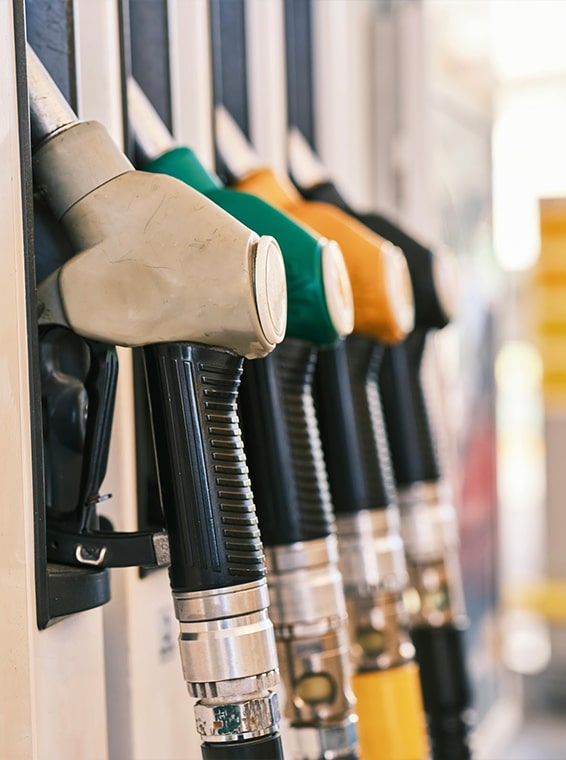#ATEX
What is Atex?
The term ATEX is the acronym for ATmosphere EXplosives and refers to Directive 2014/34/EU, which is the product directive regarding devices intended to operate in potentially explosive atmospheres.
What is meant by potentially explosive atmosphere?
An area in which there is the presence of a gas or a dust, which when mixed with air and provided with an ignition source, can generate a potential explosion.
Why is it important?
All electrical equipment (including the load cells produced by NBC Elettronica Group srl) used in potentially explosive atmospheres must comply with Directive 2014/34/EU and follow the guidelines contained therein.
Who authorises and controls the production of Atex cells?
The production of our Atex cells was authorised by a notified body, which issued us with the EU type certification relating to the indicated products. Additionally, annually, another notified body verifies and checks that production is carried out in strict adherence to the relevant procedures and directives and issues a certificate based on the quality of the production process lasting three years (annual surveillance audit occurs).
What guarantees that the cell can be installed?
The marking applied to the cell itself guarantees that the cell has the safety characteristics to be installed in the Atex environment with characteristics equal to those indicated in the marking itself (zone, gas/dust group, temperature class, protection mode).
Are all identified hazardous zones the same?
No, the directive identifies 3 zones for gases and 3 zones for dust, which vary based on the frequency and time of presence of the explosive substance.
0
GAS
An area where a mixture of gas and air with potential explosive properties is always present or for long periods of time.
2
GAS
Area where the formation of a mixture of gas and air that is potentially explosive is unlikely or, if it does occur, is of short duration.
1
GAS
Area where the formation of a mixture of gas and air that is potentially explosive is likely.
20
POWDERS
Area where a mixture of dust and air that is potentially explosive is always present or for long periods of time.
21
POWDERS
Area where the formation of a mixture of dust and air that is potentially explosive is likely.
22
POWDERS
Area where the formation of a mixture of dust and air that is potentially explosive is unlikely or, if it does occur, is of short duration.
Do all gases and powders have the same characteristics?
No, gases and powders are classified based on 3 distinct groups that vary according to their level of hazard. Therefore, we have 3 groups for gases (starting from the lowest grade) IIA, IIB, and IIC and 3 groups for powders (starting from the lowest grade) IIIA, IIIB, and IIIC. The most dangerous group ‘contains’ the less dangerous one.

And the temperatures?
Temperature classes vary depending on the ignition temperature of the substance and range from T1 (ignition temp >450°C) to T6 (ignition temp >85°C). Here too, the most dangerous class (T6) contains all the other classes (T5, T4, T3, T2, T1).
Protection modes
There are various ways to make a cell “safe” in the Atex context. NBC has chosen and certified its cells with intrinsic protection modes (characterised by the letter i), which provide for the use of external barriers that limit the input signal, thus making the cell safe in an explosive environment. Cells produced with this mode are usable for all danger zones, for all groups of gases and powders and for temperature class T4 (ignition temp >135°C), usable with an ambient temperature ranging from -20°C to +70°C in the case of the presence of cable gland and -20°C to +40°C in the case of using a connector. NBC is in the process of certification with another 2 protection methods, in order to expand its commercial offer and further broaden its market.
Areas of use
Atex cells can be used in various fields, wherever there is the presence, or the possible formation, of a potentially explosive atmosphere (offshore, areas with the presence of hydrocarbons, areas with the presence of flour, cotton, sugar dust…).